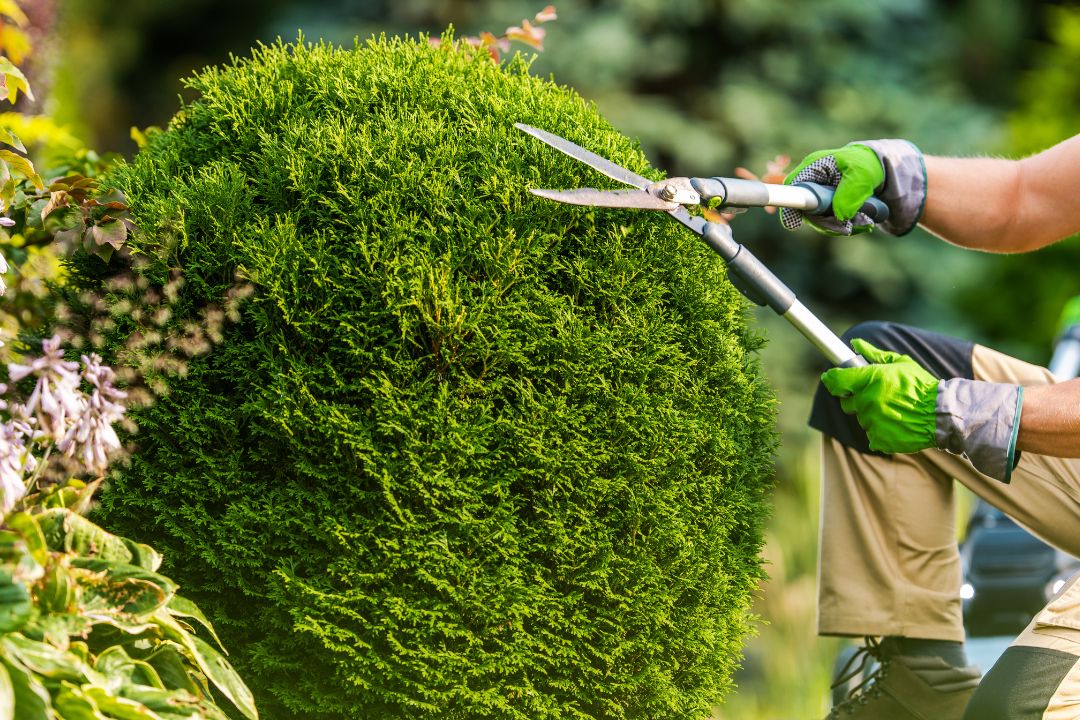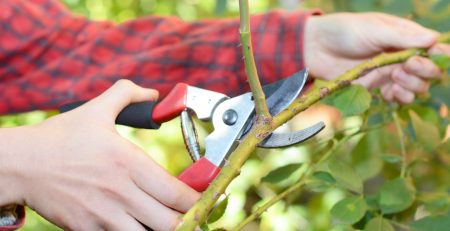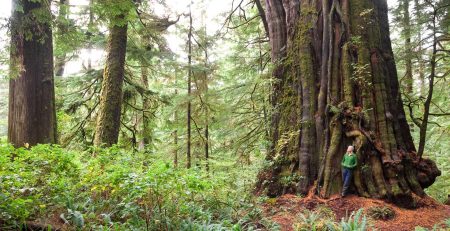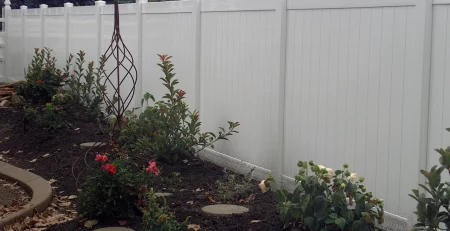The Art of Tree Shaping: Transforming Your Landscape with Pruning Techniques
Tree shaping, also known as tree training or tree pruning, is both a science and an art. Through skillful pruning techniques, you can transform the appearance and structure of trees, creating captivating and unique landscape features. Beyond aesthetic appeal, tree shaping serves functional purposes such as promoting tree health, managing growth, and ensuring safety. In this article, we will delve into the art of tree shaping and explore how pruning techniques can bring out the true beauty of your landscape.
- Enhancing Tree Form: One of the primary objectives of tree shaping is to enhance the natural form and structure of trees. By selectively removing branches, you can create a balanced and aesthetically pleasing silhouette. Proper pruning can reveal hidden architectural features, highlight attractive branching patterns, and accentuate the tree’s unique characteristics.
- Promoting Tree Health: Tree shaping is not just about aesthetics; it also contributes to the overall health and vitality of the tree. Pruning helps improve air circulation and sunlight penetration, reducing the risk of fungal diseases. By removing dead, damaged, or diseased branches, you can prevent the spread of pathogens and enhance the tree’s ability to defend against pests and infections.
- Managing Growth and Size: Pruning techniques such as crown reduction and crown thinning are used to manage the size and growth of trees. Crown reduction involves selectively removing branches to reduce the overall height or spread of a tree, making it more suitable for its surroundings. Crown thinning involves removing specific branches to improve light penetration and reduce wind resistance while maintaining the tree’s natural shape.
- Encouraging Flowering and Fruit Production: Strategic pruning can stimulate flowering and fruit production in certain tree species. Understanding the specific requirements of each tree variety is essential for achieving optimal results. Proper timing and techniques, such as thinning cuts or heading cuts, can encourage abundant blooms and enhance fruit yield.
- Espalier and Topiary Techniques: Tree shaping also encompasses specialized techniques such as espalier and topiary. Espalier involves training trees to grow in a flat, two-dimensional form against a structure such as a wall or fence. Topiary involves trimming and shaping trees into intricate and ornamental designs. These techniques add a touch of artistry and sophistication to any landscape.
- Considerations for Tree Shaping: It is important to approach tree shaping with caution and proper knowledge. Before starting any pruning project, consider the specific needs and growth habits of the tree species. Understand the appropriate timing and techniques for shaping each tree type. Consult with a certified arborist if you are unsure or need guidance on the best approach for your trees.
The art of tree shaping offers a world of possibilities for transforming your landscape into a breathtaking masterpiece. Through skillful pruning techniques, you can enhance tree form, promote health, manage growth, and create captivating focal points. However, it’s essential to approach tree shaping with care and consideration for the unique needs of each tree species. When done right, tree shaping can bring out the inherent beauty of your trees and elevate the aesthetics of your outdoor space. Consider consulting with a professional arborist to ensure the proper techniques are applied and to make the most of this artistic endeavor.











